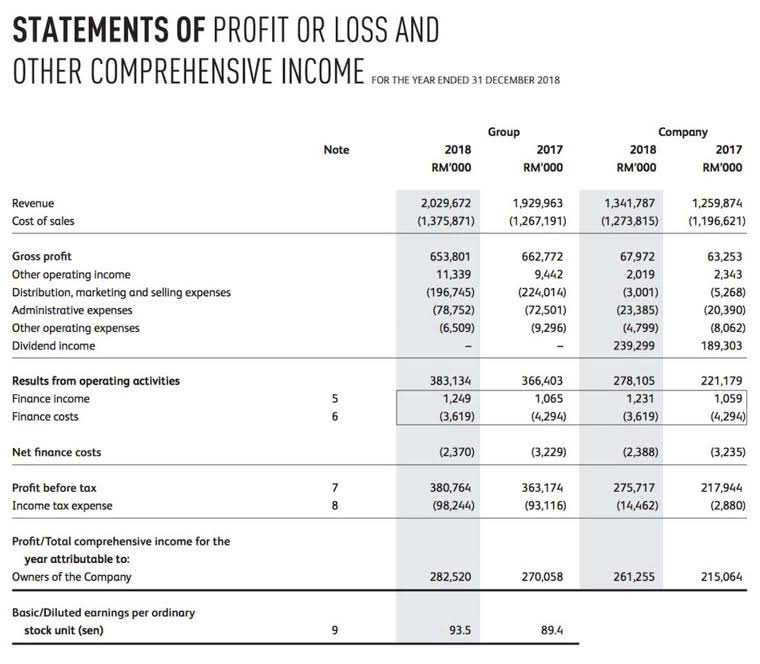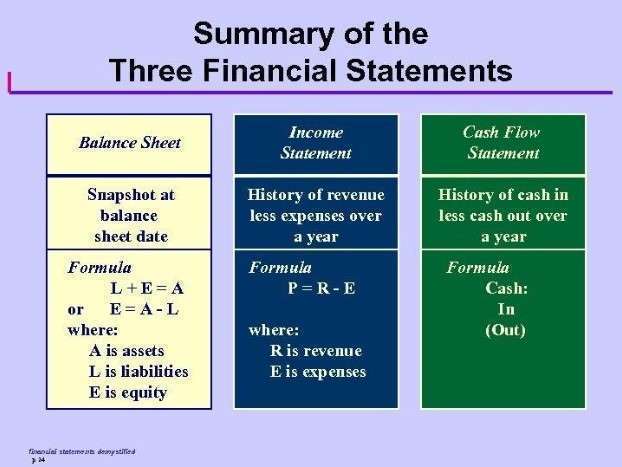
Companies have their choice between several different accounting inventory methods, though there are restrictions regarding IFRS. A company’s taxable income, net income, and balance sheet balances will all vary based on the inventory method selected. With this method, companies add up the total cost of goods purchased or produced during a specified time. This amount is then divided by the number of items the company purchased or produced during that same period. To determine the cost of goods sold, the company then multiplies the number of items sold during the period by the average cost per item.

How do I calculate ending inventory using LIFO?

Weighted Average Cost is ideal for businesses dealing with homogeneous products. For accounting purposes, choosing FIFO will generally give a lower cost of goods sold than LIFO. Costs tend to rise over time so materials, commodities or merchandise are likely to be more expensive now than a year ago. Because prices for commodities and other inputs in cost of goods sold (COGS) can fluctuate frequently, fifo lifo calculator it’s important for businesses to have a standardized method of measuring the cost of goods sold. Generally, two of the most popular options are FIFO and LIFO, which have their own advantages and disadvantages. However, it’s important to note that LIFO is only typically used by US businesses as it is prohibited under the IFRS accounting standard commonly used in the UK and Europe.

First In, First Out (FIFO) Cost
It’s important to check industry standards in your jurisdiction to ensure your valuation method meets regulatory compliance. Higher reported gross income also leads to an inflated representation of profits. A company generates the same amount of income and profits regardless of whether they use FIFO or LIFO, but the different valuation methods lead to different numbers on the books. This can make it appear that a company is generating higher profits under FIFO than if it used LIFO. If you use a LIFO calculator as an ending inventory calculator, you will see that you keep the cheapest inventory in your accounts with inflation (and rising prices through time).
Other Valuation Methods
- FIFO leaves the newer, more expensive inventory in a rising-price environment, on the balance sheet.
- The selection of a method depends on various factors, including regulatory requirements, industry norms, and the specific circumstances of the business.
- When prices are stable, our bakery example from earlier would be able to produce all of its bread loaves at $1, and LIFO, FIFO, and average cost would give us a cost of $1 per loaf.
- Instead of selling its oldest inventory first, companies that use the LIFO method sell its newest inventory first.
- Kristen Slavin is a CPA with 16 years of experience, specializing in accounting, bookkeeping, and tax services for small businesses.
- A company’s recordkeeping must track the total cost of inventory items, and the units bought and sold.
- For example, one of the main problems with last-in, first-out is that the books, along with the financial statements, are easier to get around and bend in order to change the way it is perceived.
When all 250 units are sold, the entire inventory cost ($13,100) is posted to the cost of goods sold. Let’s assume that Sterling sells all of the units at $80 per unit, for a total of $20,000. The profit (taxable income) is $6,900, regardless of when inventory items are considered to be sold during a particular month. Finally, the difference between FIFO and LIFO costs is due to timing. When all inventory items are sold, the total cost of goods sold is the same, regardless of the valuation method you choose in a particular accounting period. Under the LIFO method, it is assumed that the most recently purchased items are sold first.
Want More Helpful Articles About Running a Business?

Average cost inventory is another method that assigns the same cost to each item and results in net income and ending inventory balances between FIFO and LIFO. Finally, specific inventory tracing is used only when all components attributable to a finished product are known. For example, if you sold 15 units, you would multiply that amount by the cost of your oldest inventory. However, if you only had 10 units of your oldest inventory in stock, you would multiply 10 units sold by the oldest inventory price, and the remaining 5 units by the price of the next oldest inventory.
The complexity of constantly tracking the last acquired items necessitates advanced record keeping, which may prove challenging and resource-intensive. Remaining stock valuation plays a critical role in financial reporting and has direct tax implications. As every item in storage represents tied-up capital, mastering these accounting methods ensures efficient asset tracking and stock management. The average cost method takes the weighted average of all units available for sale during the accounting period and then uses that average cost to determine the value of COGS and ending inventory.
- This can lead to losses as the food can spoil, which is not good from a profitability standpoint.
- Investments in a currency other than sterling are exposed to currency exchange risk.
- They’re important for calculating the cost of goods sold, the value of remaining inventory, and how those impact gross income, profits, and tax liability.
- But even where it is not mandated, FIFO is a popular standard due to its ease and transparency.
- Incorrect valuation can lead to faulty financial statements and misguided business decisions.
Beyond tax impact
However, this results in higher tax liabilities and potentially higher future write-offs if that inventory becomes obsolete. In general, for companies trying to better match their sales with the actual movement of product, FIFO might be a better way to depict the movement of inventory. In addition to being allowable by both IFRS and GAAP users, the FIFO inventory method may require greater consideration when selecting an inventory method. Companies that undergo long periods of inactivity or accumulation of inventory will find themselves needing to pull historical records to determine the cost of goods sold. The most significant difference between FIFO and LIFO is its impact on reported income and profits. For FIFO, higher gross income and profits may look more appealing to investors, but it will also result in a higher tax bill.
FIFO and LIFO can have a significant impact on a company’s financial statements, particularly the balance sheet and income statement. The method used can affect the cost of goods sold (COGS), gross profit, and net income. When a company selects its inventory method, there are downstream repercussions that impact its net income, balance sheet, and ways it needs to track inventory. Here is a high-level summary of the pros and cons of each inventory method. All pros and cons listed below assume the company is operating in an inflationary period of rising prices.
- Check with your CPA to determine which regulations apply to your business.
- What happens during inflationary times, and by rising COGS, it would reduce not only the operating profits but also the tax payment.
- They sell 200 vacuums in the first quarter, generating a revenue of $80,000.
- For example, if 10 units of inventory were sold, the price of the first ten items bought as inventory is added together.
- Also, the number of inventory units remains the same at the last of that period.